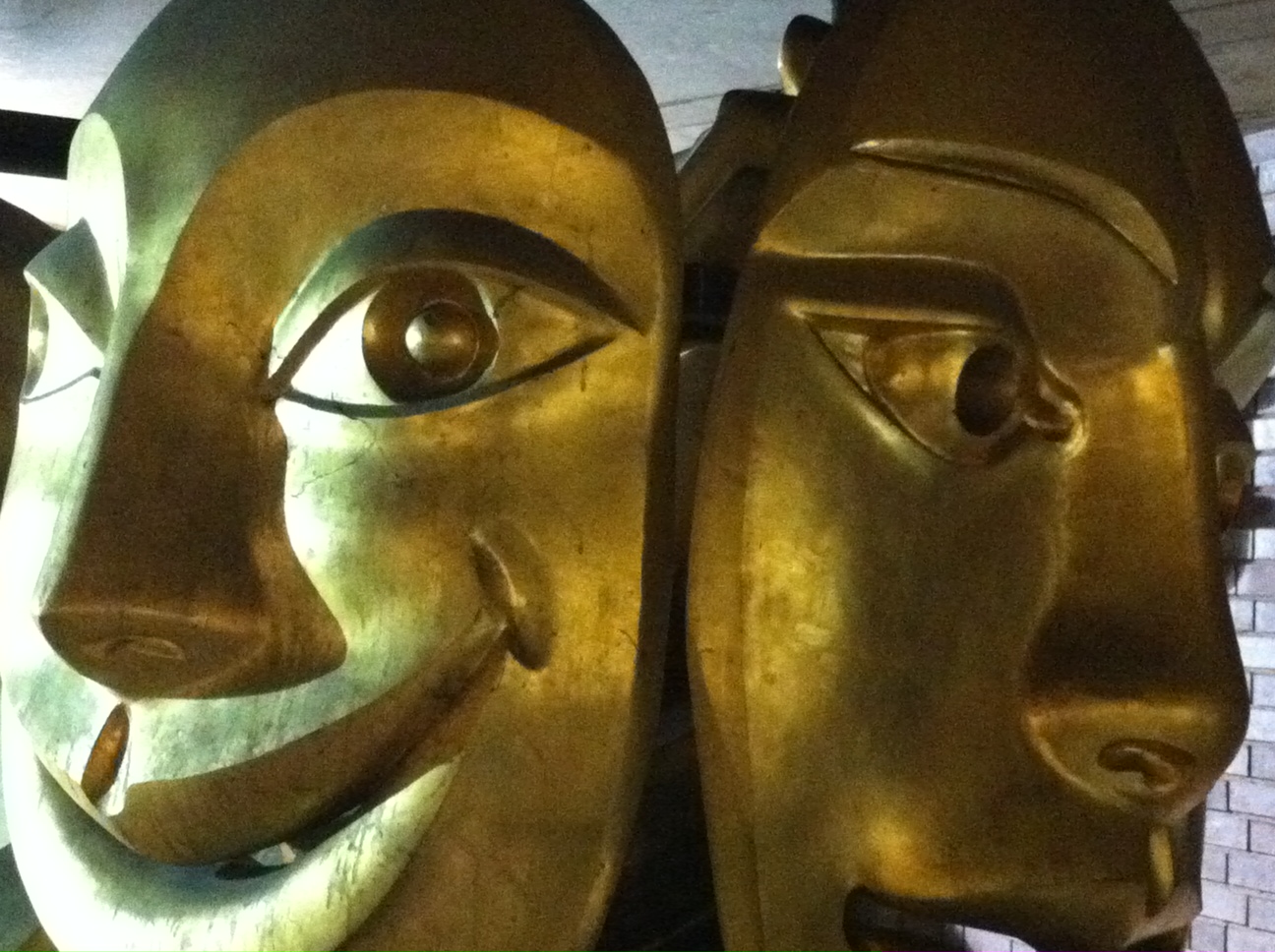It is an intriguing fact that life itself comes from the double helix of our DNA. So we might say that the whole of the living world is dependent on the symbol of the double.
Twins appear frequently in folk cosmologies – usually cast in morally opposing roles. Anthony Stevens in his Guide to the Symbols of Mankind, Ariadne’s Clue, suggests that this archetype reflects the evolutionary ascent and involuntary descent of the sun: the good twin is represented as white, the bad one as black; one creates civilisation, the other destroys it; Thus twins are locked in everlasting struggle (see, for example, the myths of Romulus and Remus, Cain and Abel, Jacob and Esau, Osiris and Set).
Stevens suggests that the symbolism has grown out of humanity’s primordial awareness that day is paired with night, light with darkness, summer with winter, and so on.
The archetype of twins is therefore to do with opposites, that together represent a whole.
For Jung the opposites were “the ineradicable and indispensible preconditions of all psychic life”. In the natural state they co-exist in an undifferentiated way. However, as consciousness awakens, the tension between the opposites increases until a seemingly intolerable conflict arises. From this conflict an irrational third arises, the transcendent function, often in the form of a symbol. Logically the opposites are always split and in conflict, but illogically, they coalesce in the unconscious psyche. The duality of archetypal content can be said to be integrated only when the full range of the spectrum has been made conscious.
The Guild of Pastoral Psychology is hosting a lecture by London-based Jungian analyst and Principal Rabbi Helen Freeman entitled ”The Symbol of the Double”. Freeman will explore the symbol of the twin in myth, legend and psychological development.
Thursday 3rd November
7.30pm
Essex Church, Notting Hill, London W8 4RT
Click here for more details
Those interested in an operatic presentation of the myth of twins Castor and Pollux may be interested in seeing the English National Opera’s production running until 1 December 2011. Click here for more information.
In the myth of Castor and Pollux, one light, the other dark, the twins wear domed caps on their heads, symbolising the Cosmic Egg. Castor is fathered by Leda’s husband Tyndareus, whilst Pollux is fathered by Zeus. Castor is therefore mortal, Pollux immortal. In Jungian terms Castor represents the ego and Pollux the Self. The close bond between them represents the ego-self axis (see Stevens)


